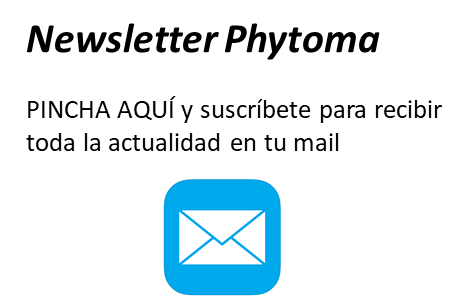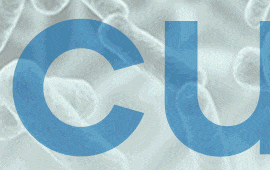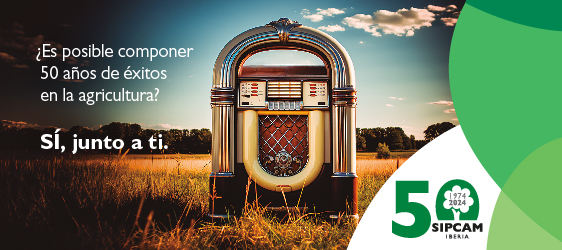Es importante conocer la ciencia detrás de las prácticas y tecnologías que se aplican en los cultivos, así como de los elementos que intervienen actualmente en el ámbito agroalimentario. Actualmente, el conocimiento científico y su aplicación son los más importantes motores de conocimiento moderno disponible; por lo tanto, también la ciencia misma es la fuente de inspiración principal de distintos fraudes que intentan disfrazarse de tecnologías rigurosas y sacar provecho de los agricultores. Ejemplos de pseudociencias y pseudotecnologías usadas actualmente con frecuencia en el terreno agroalimentario, son: la biodinámica, la agrohomeopatía y el ecologismo New Age. Todas estas supuestas técnicas y disciplinas son carentes de evidencia, razón y sustento teórico, pero se revisten igualmente de una falsa aura de cientificidad o rigor. El agricultor, el agrónomo y el técnico de campo deben estar alerta de tales embustes, así como también deben recomendar su abandono siempre que vean de su uso en cultivos.
It is important to know the science behind the practices and technologies that are applied in crops, as well as behind the elements involved in the agrifood field today. Currently, scientific knowledge and its application are the most important producers of modern knowledge available; and therefore, science itself is also the main source of inspiration for different frauds that try to disguise themselves as rigorous technologies and take profit of farmers. Examples of these pseudosciences and pseudotechnologies, frequently used today in agrofood world, are: biodynamics, agrohomeopathy and New Age ecologism. All these supposed techniques and disciplines lack of empirical evidence, reason and theoretical roots, however, they also clothe themselves with a false aura of scientific nature or rigor. The farmer, the agronomist and the crop technician should be alert to face these hoaxes as well as recommend their abandonment whenever they see them being used on crops.













